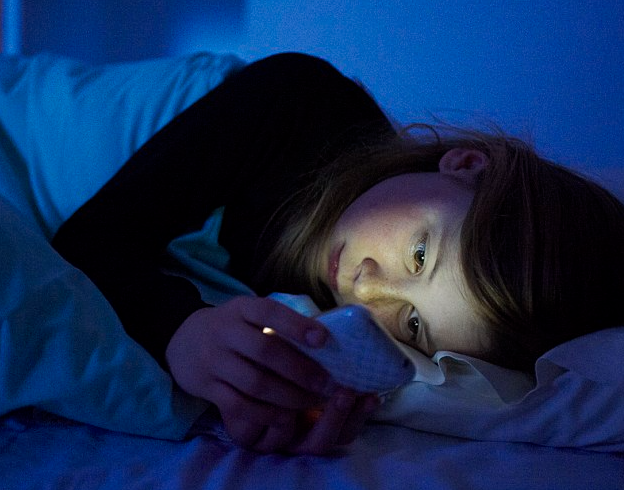Some experts say there is no conclusive evidence that cell phones are dangerous. Others are convinced cell phones will follow in the footsteps of asbestos and tobacco—substances we thought might be dangerous, but for years couldn’t quite prove were harmful.

machine to see the effects cell phones have had on all of us (or not) 50 years from now, what should you do? One word: Hedge.
“There are simple precautions you can take to protect yourself from cell phones,” explains Devra Lee Davis, Ph.D., MPH, author of Disconnect and founding director of the Board on Environmental Studies and Toxicology at the U.S. National Academy of Science.
Davis is in the camp that believes cell phones pose serious health risks. She points to numerous studies that have linked cell-phone use—and specifically the microwave radiation that cell phones emit—to brain cancer, tumors, and sp3rm damage
The risks of microwave radiation are hotly debated. But studies indicate such radiation can damage DNA, weaken the blood-brain barrier, and increase markers identified as risk factors for cancer, Davis says.
1. The worst place to keep your phone: in your pants or shirt front pocket.
Even when you’re not on a call, your cell phone is still transmitting microwaves, Davis explains. And unlike your head, where a thick skull offers your brains a protective barrier, your gonads are basically defenseless.
“Cell phone instruction manuals tell people never to keep their phones against their bodies. But people don’t read the fine print,” Davis says.
Start rocking a hip holster. If that’s not your style, a backpack or briefcase is even safer.
2. Bedroom Buzz
Never install wireless phones or Internet routers in your bedroom. Like a cell phone, other wireless devices emit microwaves, Davis says. And wireless routers and phones often put out even more microwaves then cell phones. For that reason, you don’t want to position those devices in the same space where you spend one-third of your time.

















